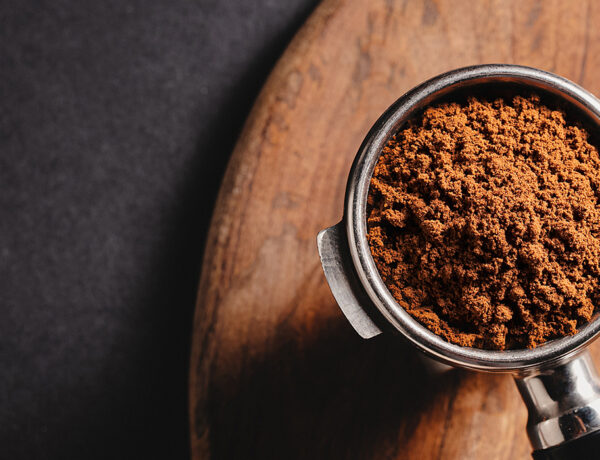
Coffee grind: choosing the right grind for your coffee maker!
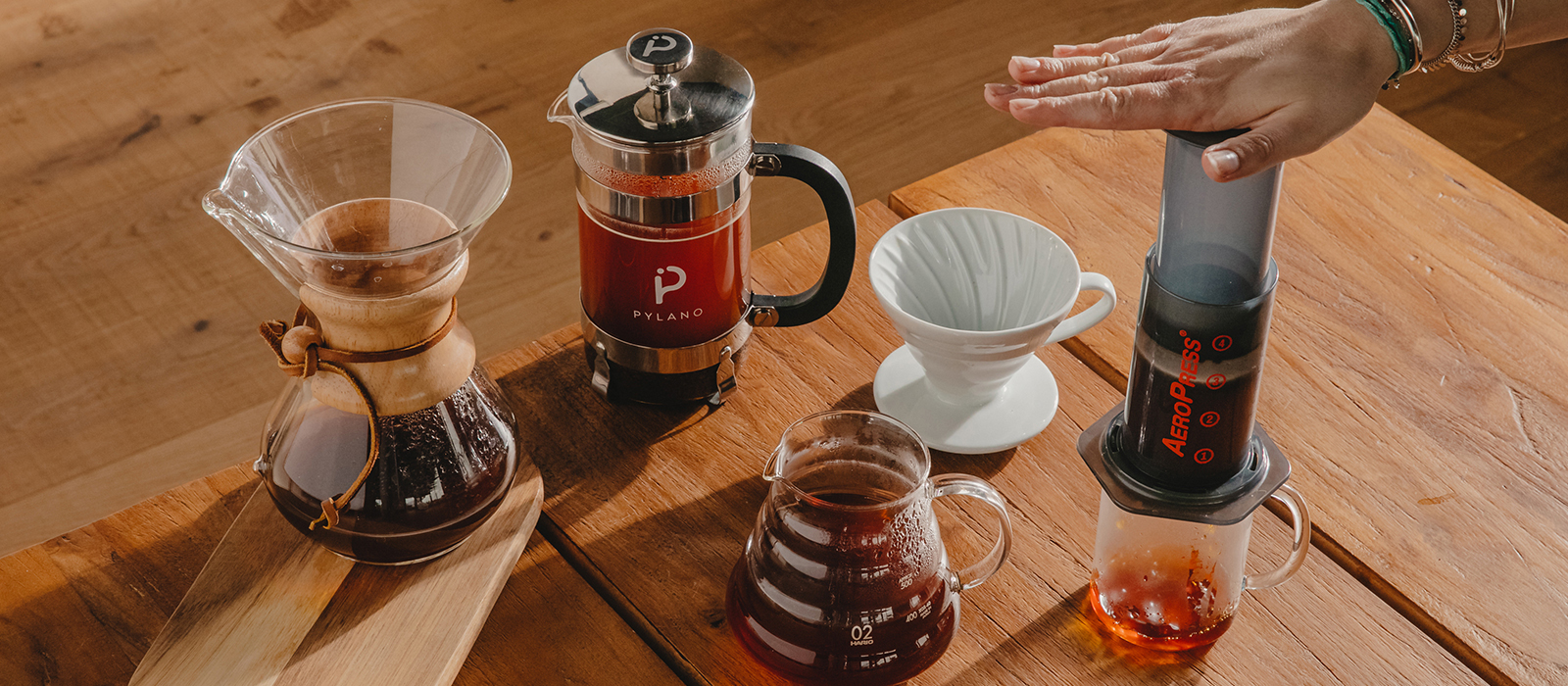
Written by Alice
Reading time 8 minTo brew a delicious cup of coffee, it is crucial to have the right coffee maker. But with so many options available, selecting the perfect one can be quite a challenge. If you are unfamiliar with the distinctions between a French press, a Moka pot, or a Chemex, don’t worry! We’ve prepared a comprehensive buying guide that will explain how to choose a coffee maker that best suits your needs.
A little bit of history
The Moka pot is a traditional coffee maker that originated in Italy and is used worldwide. Invented in 1933 by Alfonso Bialetti, the Moka pot has been a safe bet and household favourite for 90 years.
It is a timeless coffee maker that can be used to prepare coffees with lighter notes than espresso and a fuller body than filter coffee.
Why choose a Moka pot?
Before purchasing a Moka pot, it’s essential to grasp how it works.
The Moka pot consists of two components, with a filter separating them. It is versatile and suitable for use on gas burners, electric, ceramic, or induction hobs. To brew your coffee, place a portion of ground coffee in the filter and add water to the lower part of the coffee maker.
As it heats up, the water evaporates, rising towards the filter. While passing through the filter, the water combines with the ground coffee and continues its ascent towards the upper part of the coffee maker. The coffee is then ready to serve, thanks to the coffee maker’s pour-over.
To ensure you select the right Moka pot, consider the following points:
Moka pots come in a variety of sizes, from 1 cup to 10 cups!
Almost all Moka pots are made from aluminium or stainless steel. Aluminium, which is lighter and cheaper, is not suitable for induction stovetops, for example. Stainless steel, on the other hand, is sturdier, healthier and dishwasher safe.
Most Moka pots have a vintage, retro and classic design, but these days some brands offer much more modern styles or even colours.
PROS
CONS
MaxiCoffee’s top pick: this pack includes the Pylano Duna 9-cup Moka pot, 2 glass mugs and 250g of Cafés Lugat coffee for Moka pots, artisanally roasted in France.
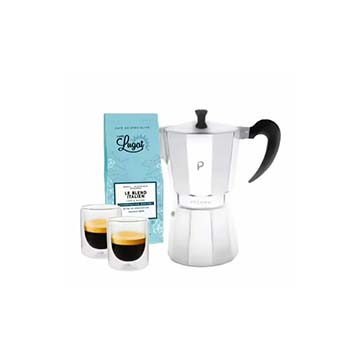
Italian Moka Pot – Duna – Pylano (12 cups)
– Medium price range
– All heat sources except induction
– 600ml capacity (12 small cups)
– Handle away enough from the body of the moka pot so you do not burn yourself
What is a French press?
The French press, also known as a coffee press, cafetière or coffee plunger, is probably one of the simplest ways of making filter coffee with excellent in-cup quality. In just a few minutes and without the need for advanced skills, you can obtain a full-bodied coffee with a powerful aroma.
This coffee brewing technique reveals all its richness and special characteristics.
Why choose a French press?
Choosing a French press offers a delightful coffee experience with its full-bodied flavour and customisable brewing. This method allows direct contact between coffee grounds and water, capturing essential oils and flavours. It’s simple, eco-friendly, and cost-effective, as it doesn’t require paper filters and has a durable design. With its portability and versatility, the French press is an excellent choice for home, office, or travel, ensuring a rich and bold cup of coffee every time.
To choose the right French press for you, ask yourself the following questions:
One cup in a French press equates to 12cl. To make 4 cups, you’ll need a 50cl coffee maker. There are models with a range of capacities, from 25cl to 1.3 litres.
It can be made of glass, stainless steel or plastic. French presses have historically been made with glass. Most often, borosilicate glass is used, because of its resistance to high temperatures.
There are also double-walled stainless steel presses, which have the great advantage of keeping the coffee hot. Plastic, on the other hand, is robust and lightweight, making it the ideal choice for coffee lovers on the move.
These days, there are many designs for cafetières. From the timeless classic to the ultra-modern, it’s a matter of taste – choose what you like best!
If you decide to buy a cafetière, choose a coarser grind, using a coffee grinder, to retain the maximum freshness and aroma.
PROS
CONS
MaxiCoffee’s top pick: the very first French press on the market that guarantees coffee without the slightest contact with plastic: the Pylano Cali. It has a double filtration system for bitter-free coffee.
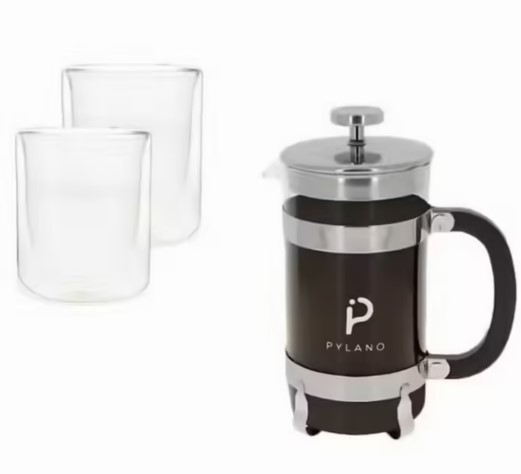
Cafetiere – Cali – Pylano (8 cups)
– 1 Litre capacity
– Zero contact with plastic
– Unique double filtration system
What is a pour-over or dripper coffee maker?
A pour-over or dripper coffee maker is typically a cone-shaped brewing accessory that allows the water to slowly filter through and extract flavours from the grounds. The pour-over coffee method is also known as hand brewing or manual brewing. This gentle brewing method produces subtle coffees that are lighter than espressos and more aromatic on the palate.
These coffee makers and their brews have gained an increased popularity in the world of coffee and specialty coffee in recent years. It is increasingly being brewed at home, and with good reason: the possibilities, in terms of both equipment and raw materials, are almost infinite!
What are the brewing methods for these types of coffee?
Pour-over coffee can be made using a variety of coffee makers. There is no single best filter coffee maker: they all have their own special features for making filter coffee.
In recent years, the star has been the Chemex. This elegant glass coffee maker makes a very mild, infusion-style coffee. The idea is very simple: pour hot water over (medium) ground coffee placed in a thick filter and let gravity do the rest.
Based on the same principle, the V60 is a manual coffee maker that also provides gentle, gradual and controlled brew. The V60 is a Japanese dripper. You’ve probably seen one of these in trendy cafés: it’s a glass cup topped with a 60° cone, into which you place a filter and the ground coffee.
A different method, which produces a very different result: the cold brew. As the name suggests, the coffee is brewed cold! How does it work? By leaving the ground coffee to infuse for at least 12 hours in cold water.
This is done using manual coffee makers that look like a large bottle containing a nylon filter. Tasting cold-brewed coffee is undeniably an interesting experience.
These are just a few examples. Many other coffee makers allow you to make a pour-over or dripper coffee. If you like your coffee mild and light and want to enjoy all the subtle aromas of your beverage, then these coffee makers are for you.
You’ll just need to be a little more patient than with an espresso machine.
Why choose a pour-over coffee maker?
PROS
CONS
MaxiCoffee’s top pick: the must-have 6-cup Chemex coffee maker. With its polished wood trim and leather strap, it has a superb, streamlined design.
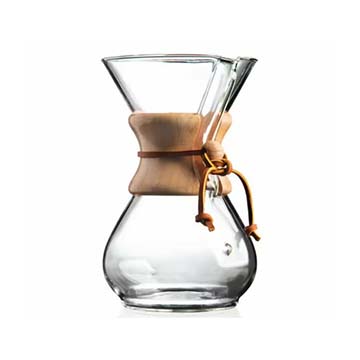
What is a portable coffee maker?
If you love coffee and live a nomadic lifestyle, you’ll be pleased to know that there are several portable coffee machines that can help you enjoy your favourite hot beverage wherever you are in the world!
Whether it’s a capsule or ESE pod machine, manual or automatic, there’s a wide range of models to choose from, each with its characteristics. It’s up to you to find the one that best suits your lifestyle.
Why choose a portable coffee maker?
Nomadic coffee machines are innovative coffee makers that are easy to transport and, above all, super-compact. They can be used to make full-flavoured coffee quickly and without the need for electricity.
PROS
CONS
MaxiCoffee’s top pick: the AeroPress, which is probably the closest portable coffee you can get to an espresso. It works on the same principle as plunger coffee makers.
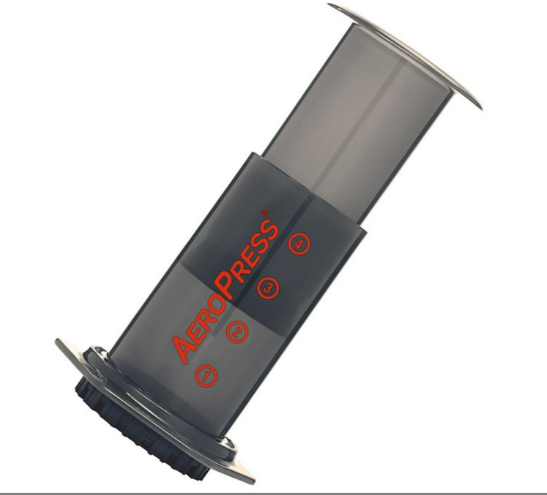
Nomad coffee maker – Aeropress
– Nomadic coffee maker
– Capacity: 25cl / 2 cups
– Using paper filters
If you’re still wondering how to choose a coffee maker between all the aforementioned options, the Moka pot is a safe bet.
This brewing method will enable you to make a traditional espresso without too many accessories. It’s easy to use and very intuitive. But bear in mind that it’s aimed at those who like a particularly strong coffee.
Advice from Marine, MaxiCoffee’s coffee machine expert:
I like to recommend the Moka Pot. This brewing method, which has its roots in an age-old Italian tradition, is ideal for those who particularly appreciate a strong roast.
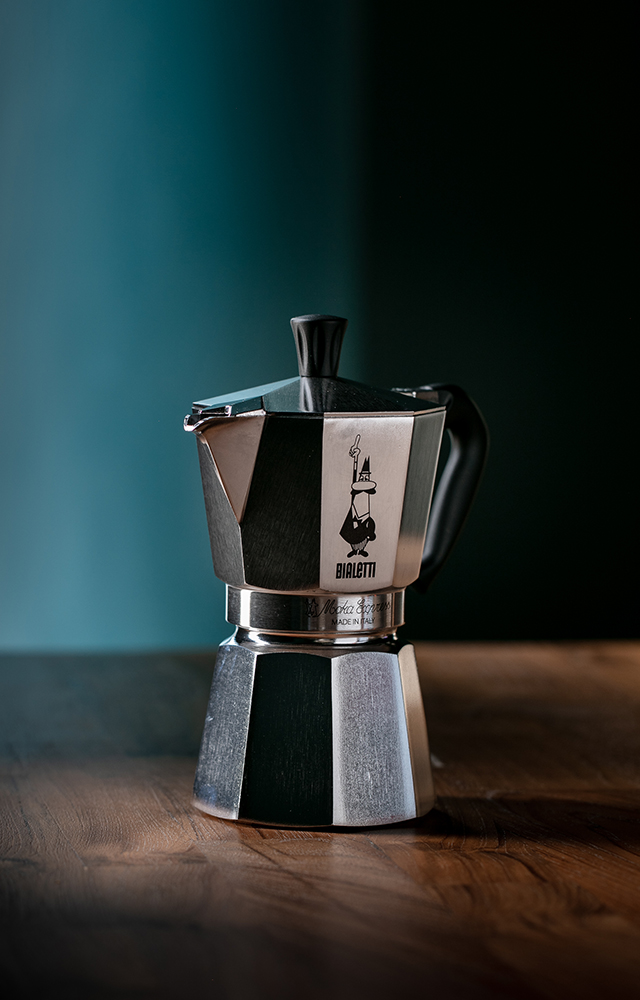
So, if you were wondering how to choose a coffee maker, you now know a little more about the characteristics of the different coffee makers on the market. Pour-over coffee makers, French presses or cafetières, Chemex and Moka pots: there’s something for everyone! All that’s left for you to do is discover our entire selection of expertly picked coffee makers.